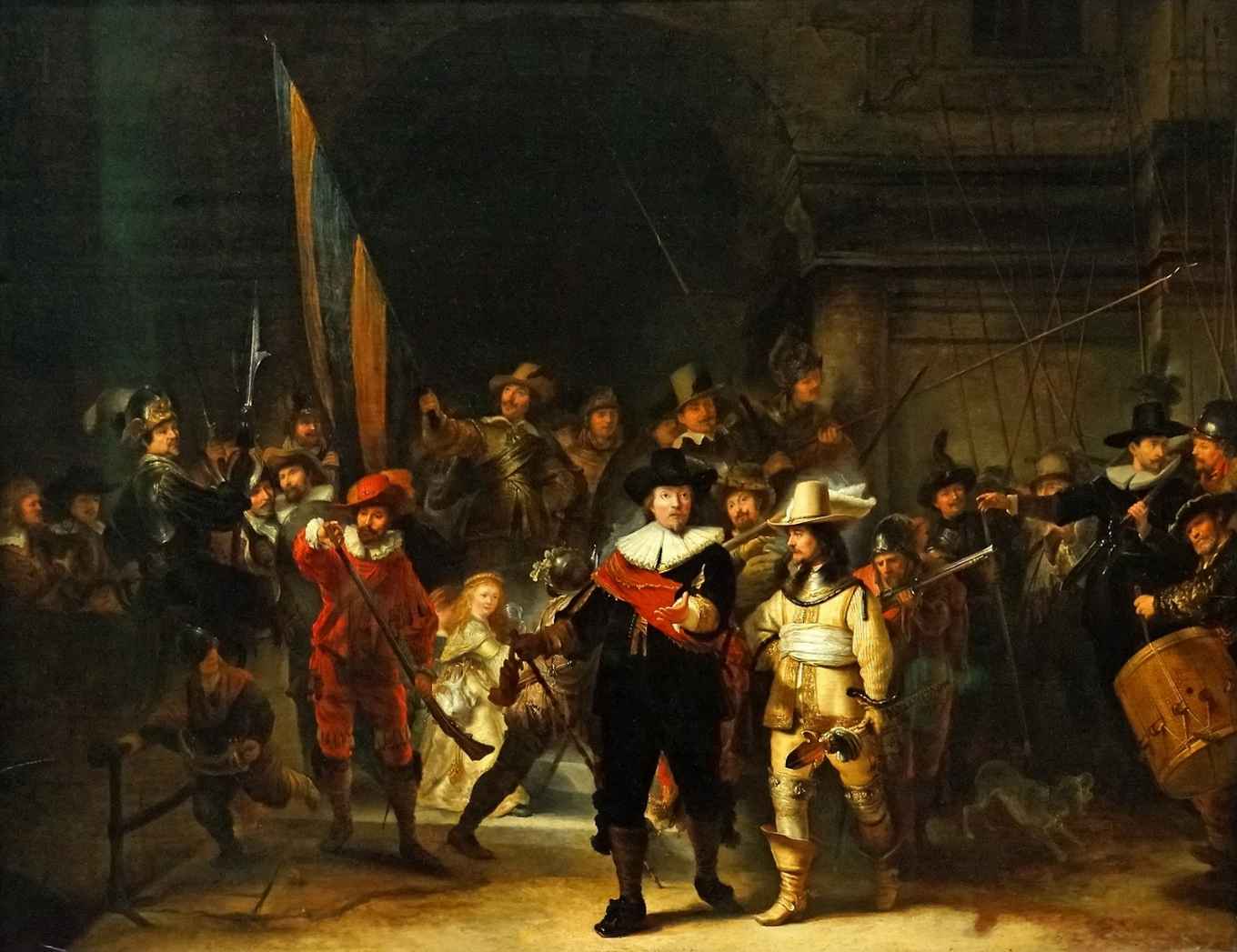Conservation and Restoration hands-on during Operation Night Watch
15 July 2019

Over the course of the next two years, the team will use cutting-edge technology to determine what condition the almost four-hundred-year-old painting is in, gain more insight into Rembrandt’s painting process, and restore his canvas so it may be preserved as well as possible for future generations. Uniquely, the restoration is viewable by the public in the Rijksmuseum: the researchers are doing their work within a sort of glass box that has been built around the painting. The first step is for them to make a highly detailed scan of the canvas with a so-called macro X-ray fluorescence scanner (MA-XFR), a device that can even analyse which chemical elements can be found within the paint.
Susan Smelt is the project coordinator of the technical research and conservation treatment for Operation Night Watch – two areas with which Lisette Vos and Nienke Woltman are also involved. Robert Erdmann also contributes to the technical research: he is responsible for the scientific data infrastructure and computational imaging. The technical-art historical side of the project is represented by Erma Hermens. Laura Raven is investigating alternative varnish removal methods.
Just like many other projects, Operation Night Watch is an example of interdisciplinary research; along with the expert gaze and hand of a conservator, the input of scientists also plays an essential role. Chemist Katrien Keune, for instance, will be responsible for the paint sample analyses. She is Associate Professor of Chemistry at the UvA and head of Science at the Rijksmuseum.
The Night Watch is in need of some extra attention. Since its completion in 1642, the canvas has been through a lot: not only has it been restored at least twenty-five times (with mixed results), it has also been trimmed (in 1715) and attacked with both a knife (in 1975) and with acid (in 1990). Less severe things have also impacted the piece: time itself has made sure the colours have changed a bit throughout the centuries and has made the varnish layers turn yellow, which is why the latter have repeatedly been removed and reapplied. Parts of the painting are worn.